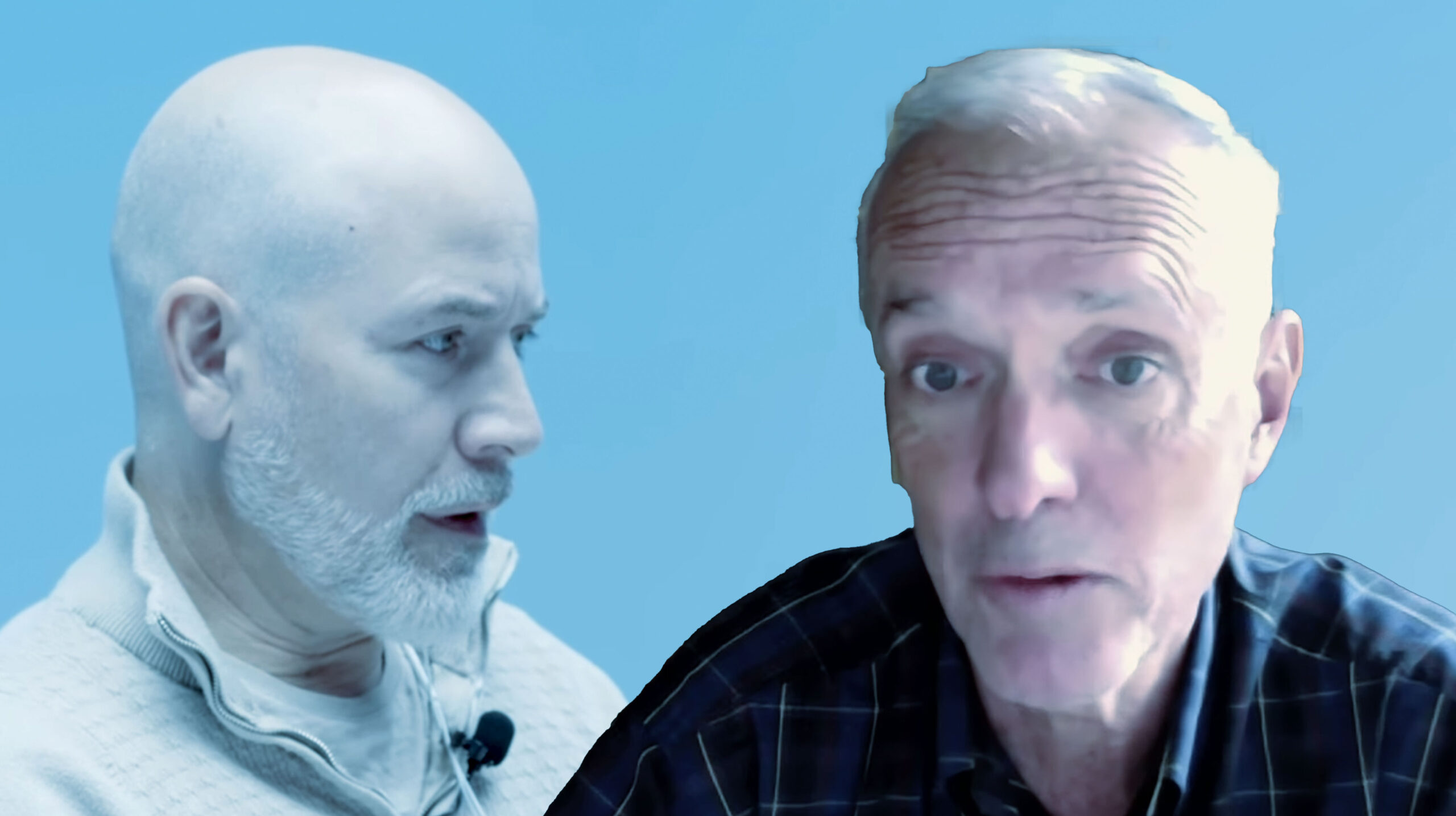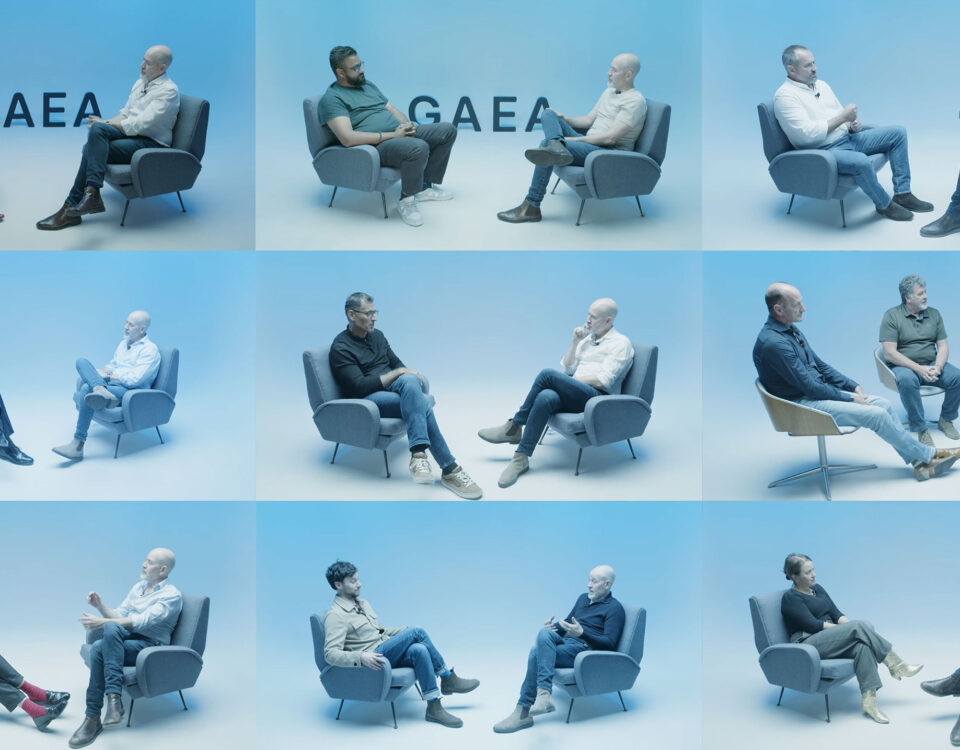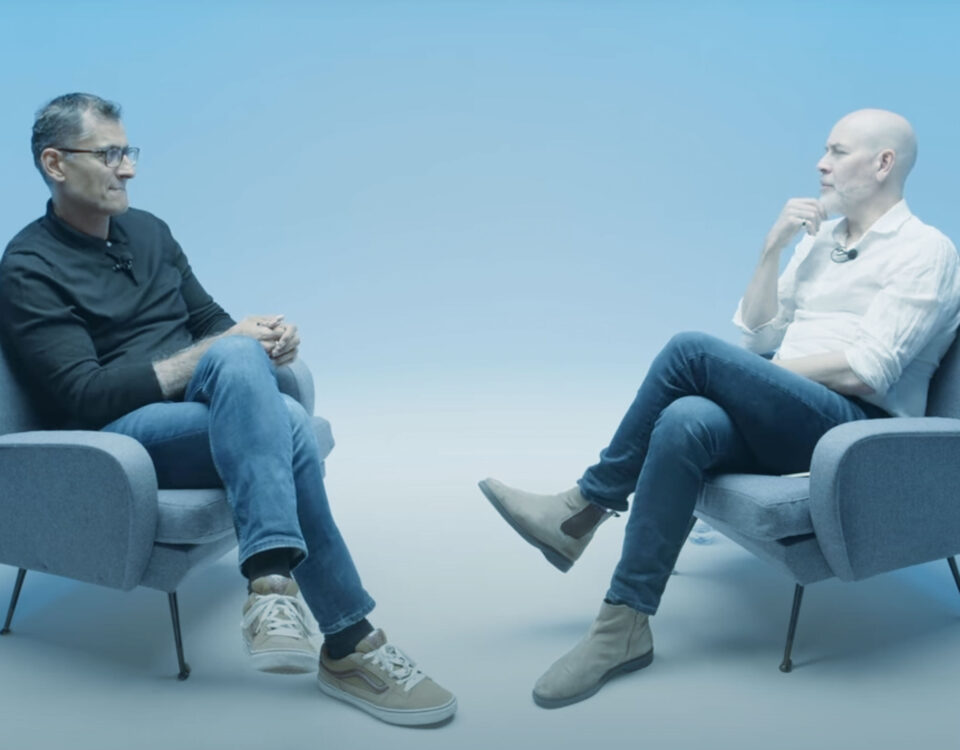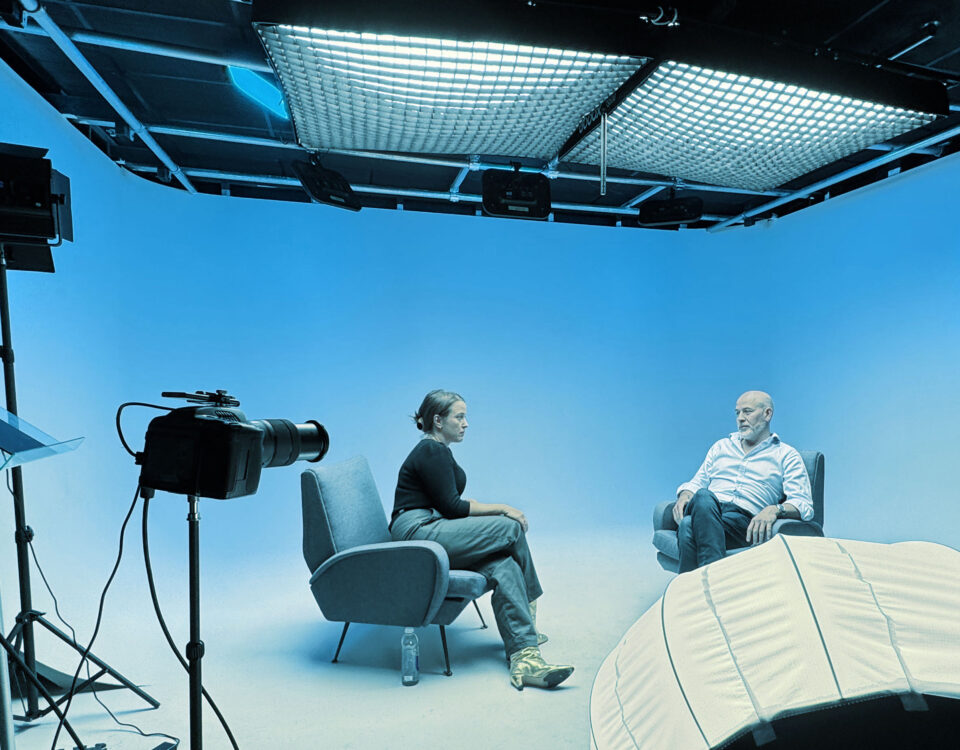In a groundbreaking episode of GAEA Talks, we sat down with Professor James Collins of MIT to discuss his team’s remarkable use of generative AI to create a new class of antibiotics. This isn’t just a fascinating academic achievement; it’s a massive leap forward in the fight against antibiotic-resistant superbugs like MRSA and gonorrhea, a challenge that has been described as a growing global health crisis.
The Superbug Crisis: A Problem of Overuse and Economics
Professor Collins explained that the issue of antibiotic resistance stems from the widespread overuse and misuse of existing antibiotics in both healthcare and agriculture. This has led to the rise of “superbugs” that are no longer susceptible to our current drug arsenal. The situation is compounded by a lack of economic incentive for pharmaceutical companies to develop new antibiotics, as they are typically a one-time, low-cost treatment compared to chronic-care drugs for cancer or blood pressure.
Generative AI: From Art to Antibiotics
So, how did Professor Collins and his team at MIT and Harvard’s Wyss Institute tackle this challenge? They turned to generative AI to design new chemical compounds. The process unfolded in a series of innovative steps:
- Building a Training Library: The team started with a library of about 4,000 compounds with properties that could potentially make them antibacterial.
- Training the AI: They used these compounds to train AI models to predict which molecules would be effective against specific bacteria, including the strains responsible for MRSA and gonorrhea.
- Designing New Molecules: The team then used two generative AI approaches to design millions of new molecular possibilities. These models either systematically mutated existing chemical “fragments” or added new atoms and structures to them, constantly evaluating for antibacterial potential.
- Filtering for Success: The AI screened these millions of possibilities, filtering them down to several hundred based on key criteria: antibacterial strength, non-toxicity to human cells, and the feasibility of being synthesised in a lab.
- The Breakthrough: After a challenging process, a small chemical synthesis company in Kyiv, Ukraine, was able to synthesise 24 of these compounds. Out of these, seven proved to be new antibiotics, with two showing exceptional effectiveness against MRSA and multi-drug-resistant gonorrhea in initial studies.
This breakthrough demonstrates the incredible potential of AI in healthcare as a creative and design tool for solving some of humanity’s most pressing medical challenges.
The Power of Human-Machine Collaboration
Professor Collins emphasised that this success was not an example of AI working in a vacuum. It was a testament to the powerful synergy between human and machine intelligence. He highlighted three key factors that made this project a success:
- The Ability to Collect and Validate Data: The team was able to generate their own high-quality data to train and test their models.
- A Multilingual Team: The success hinged on a team of experts – from microbiologists to AI scientists – who could effectively communicate and collaborate without a “tower of babel.”
- Critical Human Thinking: Instead of letting the AI work autonomously, the team used critical thinking to guide the project, asking the right questions, changing direction when needed, and integrating expert knowledge at every stage.
Professor James Collins noted that while AI in healthcare is incredibly powerful, it’s still “very early days,” and the human element – our ability to recognise serendipity and apply our experience – remains irreplaceable.
For more information, visit our Podcasts page or subscribe to GAEA TALKS on your preferred podcast platform.






